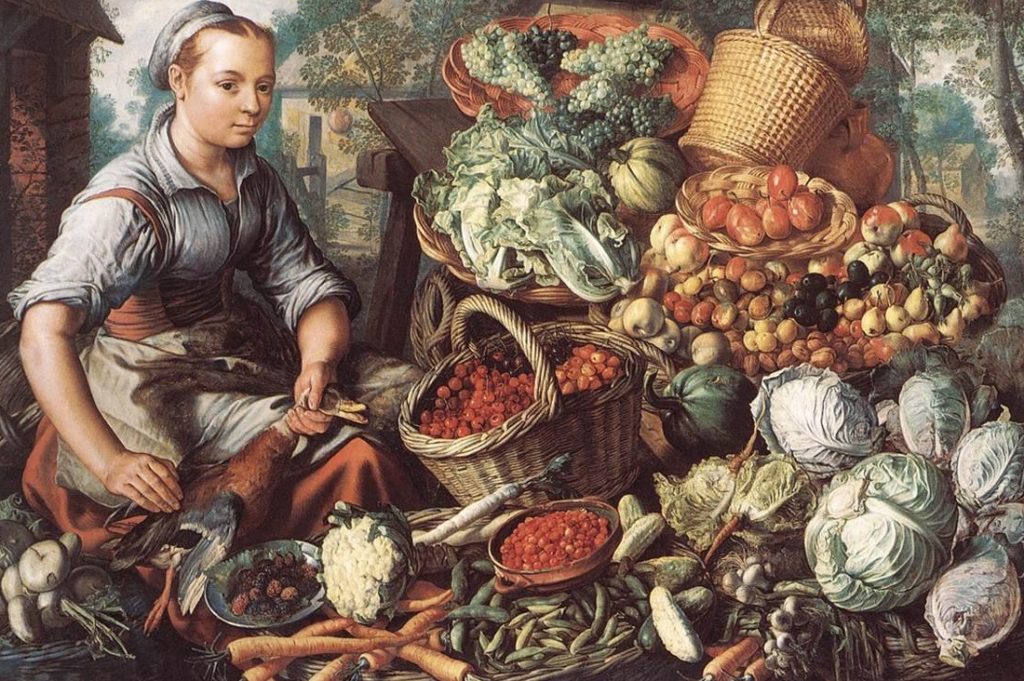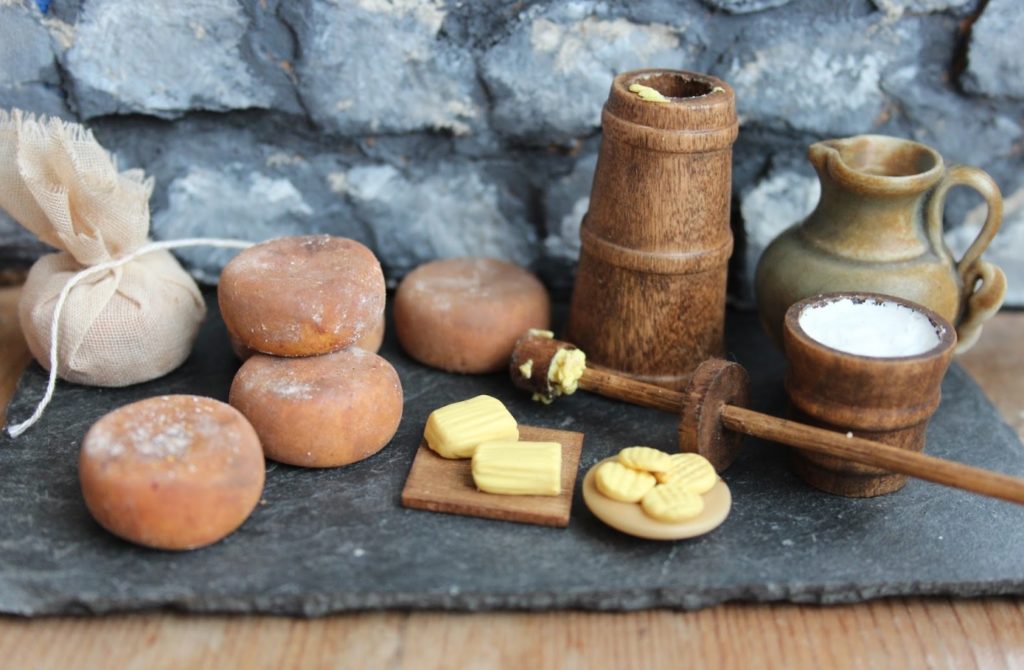During the Middle Ages, the diet of a noble lord was quite different from that of the common people. While peasants and serfs subsisted on a diet of grains, vegetables, and occasionally some dairy or meat, noble lords enjoyed a much more varied and lavish selection of foods. In this article, we will explore what medieval noble lords ate, as well as how their meals were prepared and served.
Meat: A Major Part of the Noble Lord’s Diet
One of the most distinctive features of a noble lord’s diet was the abundance of meat. Roast beef, pork, lamb, and game were all staples of the nobleman’s table, and these meats were often the centerpiece of a meal.

These roasted meats were usually roasted on a spit over an open fire, which allowed them to be cooked slowly and evenly and produced a juicy and tender result. The roasted meats were then sliced and served with a variety of sauces and accompaniments, such as gravy, mustard, and fruit compotes.
In addition to this, noble lords also ate other dishes made with meat, such as pies, stews, and soups. Overall, the abundance of meat in a noble lord’s diet was a reflection of their wealth and status, as meat was a more expensive and luxurious food than the grains and vegetables consumed by the common people.
Vegetables and Fruits: An Important Part of the Noble’s Diet
Noble lords also enjoyed a wide variety of vegetables as part of their diet. These included peas, beans, carrots, turnips, and leeks, which were common in the medieval period. Nobless also often enjoyed more exotic vegetables such as artichokes and asparagus, which were imported from other countries and were considered luxury items.
Vegetables were often served cooked, either boiled or roasted, and sometimes seasoned with herbs or spices to add flavor. In addition to being served as a side dish, vegetables were also be used as ingredients in other dishes, such as pies, stews, and soups. While vegetables were not as highly prized as meat, they were still an important part of a noble lord’s diet and provided a range of nutrients and flavor to their meals.

As for the fruits – apples, pears, plums, and cherries were all common, as were more exotic fruits such as oranges, lemons, and pomegranates. These fruits were served fresh or preserved in honey, sugar, or vinegar.
Bread and Baked Goods: A Staple of the Medieval Diet
Bread was a very popular food in the medieval period, and nobles enjoyed a variety of breads made from different grains. Wheat, rye, and other grains were used to make bread that was often served plain or topped with butter, cheese, or other spreads.
In addition to bread, noble lords also had access to a range of other baked goods, such as pastries, pies, and tarts. These baked goods were filled with a variety of ingredients, including fruit, nuts, and meat, and added flavor and variety to the noble lord’s diet. The production of bread and other baked goods was an important skill in the medieval period, and bakers were highly respected members of society.
The bread and baked goods that nobles ate were often of a higher quality and more varied than those consumed by the common people, reflecting the wealth and status of the nobility.
Dairy Products: An Important Source of Nutrition
Dairy products, including milk, cheese, and butter, were also an important part of a noble lord’s diet. These products were consumed on their own or used as ingredients in other dishes.

Milk was usually consumed fresh, while cheese and butter were made by letting milk ferment or churning it. Dairy products provided nutrients and added flavor to food. Cheese was especially valued and came in different flavors and textures. Butter was used in cooking to add richness and flavor.
Drinks: Hydration and Refreshment
Noble lords also enjoyed a variety of drinks, including water, beer, and wine. Wine, in particular, was highly prized and was often imported from other countries. Medieval lords sometimes also drank mead, a fermented drink made from honey, or other flavored beverages made with spices and fruit.
Where Did Medieval Lords eat?
Meals for noble lords were often served in a great hall, where the lord and his household would eat together. These meals were often quite elaborate, with several courses served in succession. The lord and his guests would be seated at a long table, with the lord at the head of the table and his guests seated on either side.
Meals were served by a team of servants, who brought the food to the table on platters and served it to the lord and his guests.
Conclusion
Overall, the diet of a medieval noble lord was one of great variety and abundance, with a wide range of meats, vegetables, fruits, and other foods to choose from. These meals were prepared and served with great care and attention to detail, and were an important part of the noble lord’s daily routine.
